I was perfectly happy sleeping on my old, reliable innerspring bed — until I got a new mattress and discovered I didn't have to take half an hour to get comfy every night. Of all the sleep hacks I've tried — and I've tried everything from mouth taping to tart cherry juice — nothing has proved better for my sleep than the right mattress.
Part of my role as a sleep writer involves testing beds to find this year's best mattress for all sleep styles and budgets. This testing process has emphasized how subjective comfort is. Some mattresses I find dreamy are a nightmare for the members of the team with different sleep needs, and vice versa.
A mattress is an investment piece, but the right bed can transform your sleep (and regular mattress sales can help you save on the bed of your dreams.) In this guide, I'll explore why I think a good mattress is the best thing for your sleep, and how to choose one that's right for you.
Why the right mattress is key to a good night's sleep
We spend roughly one-third of our lives sleeping, and how well we sleep has an important impact on our overall health and well-being. Most of that sleep happens on a mattress, which is why you want to ensure your bed is providing the support and comfort you need. Everyone sleeps differently — there's no one-size-fits-all mattress — so to get the best rest possible, your bed has to suit your sleep style.
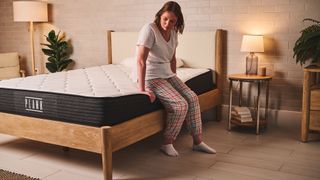
With the rise of boxed beds and online shopping, it has become easier than ever to find a mattress that's perfect for you and falls within your budget. The best mattresses in a box are surprisingly diverse, meaning there's a choice if you're a side sleeper with night sweats, a back sleeper with a restless partner and achy knees, or a stomach sleeper who always rolls off the edge of the bed in the night.
How to find the best mattress for your sleep
1. Consider your sleep position
The first consideration when choosing a mattress is your sleep position. This isn't the be-all and end-all for comfort but if a mattress doesn't suit your sleep style, all the other details fade into the background.
Most people prefer side sleeping — and as an added benefit, this is considered one of the healthiest sleep positions. Side sleepers place pressure on the mattress at the shoulder, hip, and knees, so the best mattresses for side sleepers have plenty of cushioning to prevent pressure build-up. The Helix Midnight Luxe Mattress has a comfy pillow top to ease sensitive joints.

The best mattresses for stomach sleepers, on the other hand, require a firmer feel to keep the hips lifted and the spine supported. That doesn't mean they have to be rock solid — although the Plank Firm Mattress exemplifies how an extra firm feel can be comfortable. A thick quilted surface, such as the one found on the Helix Dusk Luxe Mattress, can add cushioning without sacrificing support.
Back sleepers tend to fit somewhere in the middle. You need support at the lower back but cushioned pressure relief is often welcome. The DreamCloud Mattress is a good example, as this hybrid has a firmer feel with a plush top.
2. Consider your body type
While the general rule is softer for side sleeping and firmer for front and back, there's another element to that equation. Your body type impacts how you perceive the bed feel and if you have a heavier build, a standard mattress will typically seem softer than the given firmness rating. Sleepers with a lighter frame might find a mattress firmer than expected.
As part of our mattress testing methodology, we use a review panel of different body types to get a better picture of how the bed performs for everyone. And the results can be surprising. During our Nolah Natural 11 Mattress review our lightweight lead tester found the mattress firm with minimal contour, while the heavier members of our team enjoyed the responsive pressure relief.
3. Think about your personal preferences
You have to spend almost every night with your mattress, so once you've figured out the big picture, you can zero in on your sleep needs. And a big part of this is finding a mattress that suits your personal preferences.

The best memory foam mattresses are known for their squishy, sink-in feel. Think of the slow-moving foams we discovered during our Tempur-Pedic Tempur-Cloud Mattress review.
On the other hand, the best hybrid mattresses have a bouncier feel with less sink — these mattresses are often easier to move around on than all-foam beds. (They also have better breathability, which I'll get to in a moment.)
If it's bounce you're after, consider the latex foams used in the best organic mattresses. Natural latex has a buoyant feel that gives many organic beds a 'hammock' style comfort.
4. Consider your specific sleep needs
We consider several key performance aspects when testing a mattress, and a truly fantastic bed will excel at them all — check out our Saatva Classic Mattress review for an example. But most mattresses have strong points and weak areas so your sleep needs will help you determine which aspects are important to you.
If you're a hot sleeper, choose a mattress that can keep you at a comfortable temperature throughout the night. The best cooling mattresses are diverse enough to suit every sleep style and feature specialist materials such as copper-infused foams and phase change materials to maintain a chill feel whilst wicking away heat.
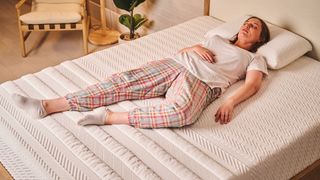
Share a bed? Look for a mattress with good motion isolation, which will prevent movement on one side of the bed from traveling to the other. (Memory foam is good for this.)
Edge support is another benefit for bed sharers, as it allows you to use the entire surface of the mattress. And if you have limited mobility, strong sides provide a secure base to push against if you need a helping hand getting off the bed. (Hybrid mattresses sometimes use reinforced coils to enhance support at the perimeter.)
These are the primary performance aspects, but you can really drill down into your sleep needs to find a bed that's right for you. Snorer? Consider a zero gravity base. Combination sleeper? Look into adjustable firmness. Different sleep needs to your partner? Explore the benefits of a split king mattress.
My other top tips for a good night's sleep
1. The right pillow is as important as the right mattress
I've focused on the mattress, but you should consider the entire bed setup if you want to prioritize your sleep, including what you put under your mattress. This is where your pillow comes in. It's not just a big cushion for your head — the best pillows are designed for your sleep needs, too.
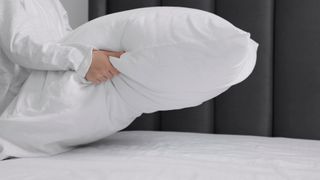
The right pillow is important for proper neck support, and it can help you maintain a healthy sleep position overnight. As a stomach sleeper, I'm super fussy about my pillow so I go for a low loft that won't strain my neck. Side sleepers, on the other hand, need a thicker pillow to cushion the space at the shoulder.
2. Pay attention to your sleep hygiene
A good mattress isn't a magic sleeping pill, and while it can support your rest, you won't feel the full benefits if you neglect your sleep hygiene. Developing a good nighttime routine will help you fall asleep and stay asleep, with your mattress providing full-body comfort once you've climbed into bed.
Sleep hygiene doesn't refer to cleaning your mattress, but it's worth noting that you should take care of your bed. Regularly cleaning your mattress helps limit the build-up of moisture, dander, and other allergens, for healthier sleep — and you avoid creating the perfect conditions for bed bugs.
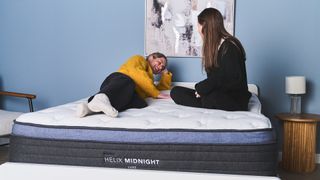
3. Wake up at the same time every morning
Getting good sleep isn't just about what you do at night — how you approach your mornings is equally important. Many of us enjoy a weekend lie-in, but setting your alarm late on Saturday and Sunday can result in a phenomenon called social jet lag. This is when your weekday and weekends schedules are so far apart they're almost in different time zones.
The best way to counteract social jet lag is by waking up at the same time every morning. (Yes, even on Sundays.) This means by the time Monday rolls around, you won't feel like you've just stepped off a red-eye flight across the continent.


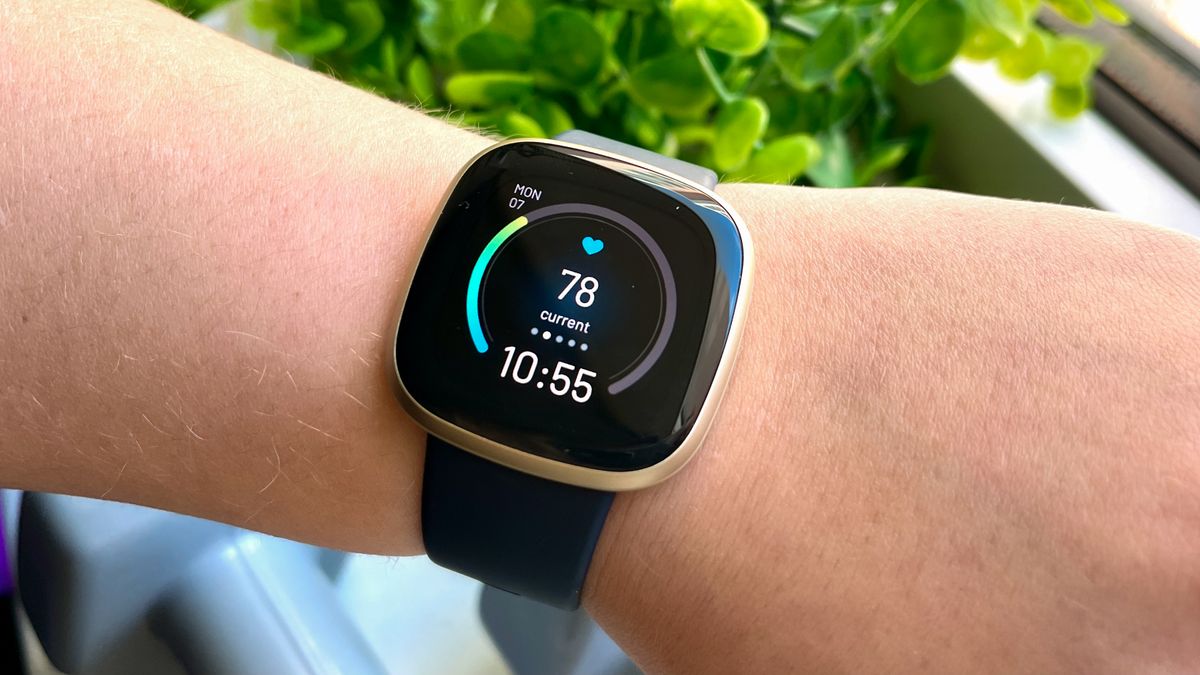






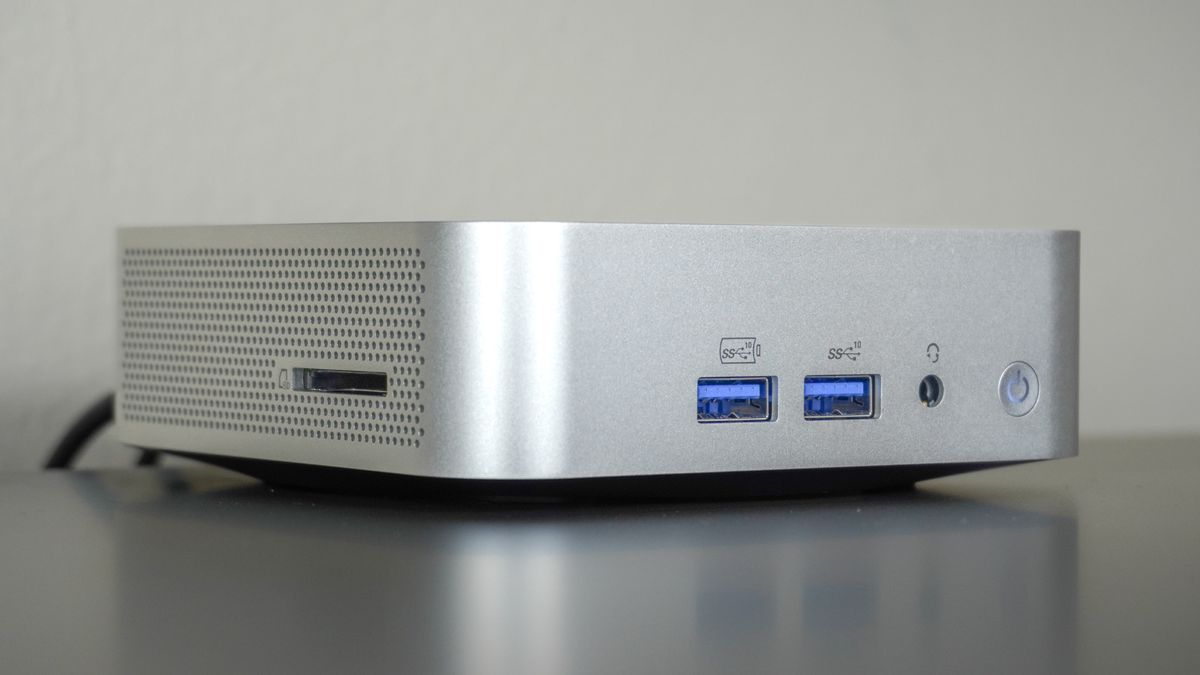

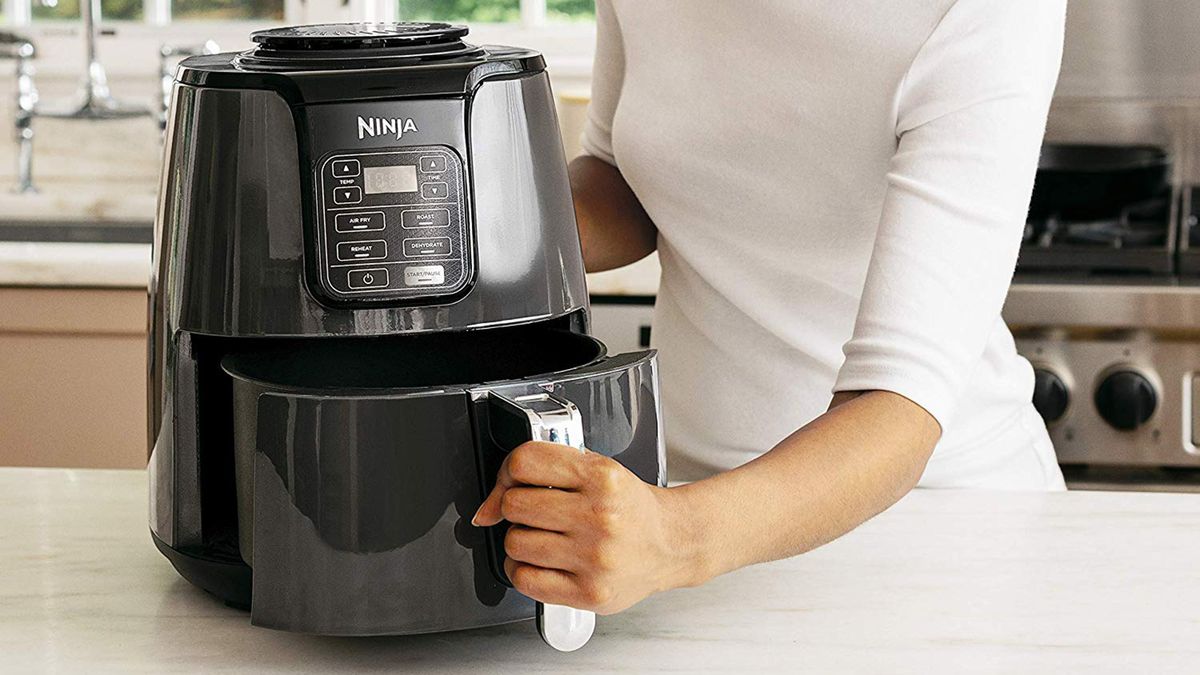







 English (US) ·
English (US) ·